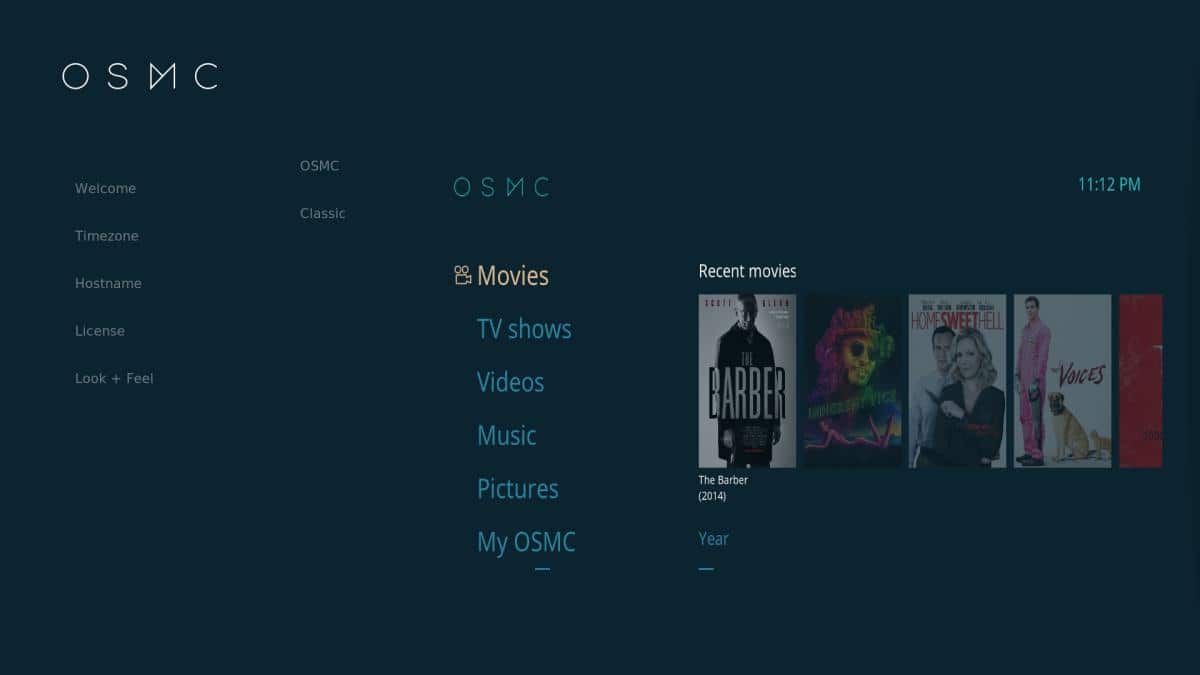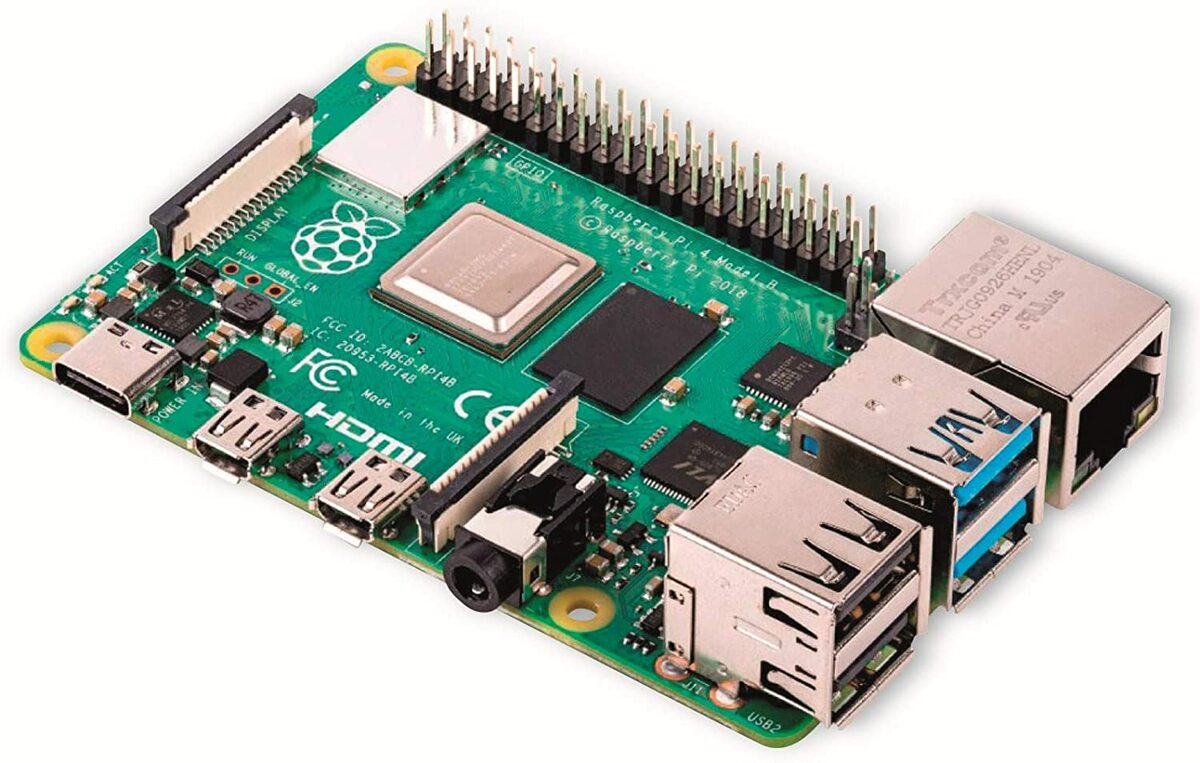
If you have a Raspberry Pi you will have a sea of possibilities in terms of using this SBC with multiple capacities. One of them can be like a retro video game console with the emulators, but you can also create your own advanced multimedia center for your living room for only a few euros with OSMC.
The different operating systems for Raspberry Pi they give a lot of play. But this time I'll focus on analyze OSMC...
What is a multimedia center?
Un media center, or multimedia center, is a software that allows you to have and enjoy all the multimedia content. You can play music, movies, display images in galleries, etc. Everything from multimedia content stored on a local hard drive, or accessing this content through the network.
Sometimes it also has some extras, such as the ability to record content, access the Internet, display television channels or radio stations, etc.
These multimedia centers may be running on a device mobile, on a PC, on an SBC such as OSMC on Raspberry Pi, on a smart TV, etc.
These systems have become popular lately, especially after the launch of Microsoft Windows Media Center, an operating system from the Redmond company for these types of centers. Although then there have been other systems seen in some game consoles, and very popular software that have far surpassed it ...
For example, there are projects as wonderful as Kodi, MythTV, OpenELEC, LibreELEC, OSMC, etc.
About OSMC

As they say in the official website of the project, OSMC is a free and open source media center built by people for people. In fact, the acronym OSMC comes from Open Source Media Center. With it and a few tens of euros to buy your Raspberry Pi you can have a multimedia center in your living room to watch on your TV.
OSMC is really a GNU / Linux distribution specially designed for the SBC and with a series of pre-installed software for multimedia use, such as Kodi, which brings it installed with it and modified to give it a more personal and original touch, improving performance and with a large repertoire of codecs so that you can play almost any format.
The OSMC operating system is based on Debian, so it has a very solid and robust base. A platform so that you only worry about what interests you in those moments: the content.
Being based on Debian, you can also "Hack it" and make it work as more than just a media center. In fact, this distro brings three official repositories ready to download and install new apps. A complete software center from where you can access a large number of programs and updates.
Even if I use Kodi, as I have discussed above, it is not the same as Kodi. When using OSMC you will notice many differences from the original. And it has been modified for a simpler use, be lighter and faster. For example, the extension store that it includes is its own.
OSMC is an operating system, Kodi a program. Remember this. This also implies some disadvantage for OSMC, such as the compatibility. While Kodi is available for various platforms like GNU / Linux, Windows, Android, macOS, etc., OSMC only supports Raspberry Pi, Vero, and some older Apple TVs.
Install on your Raspberry Pi
If you would like to install OSMC on your Raspberry Pi, the process to do it is quite simple. You just have to follow these steps:
- Download OSMC from the official website of the project. If you have a Windows operating system you can select the installer for this OS, or if you have macOS its corresponding installer or download the image directly:
- If you have another system, you can click on the Disk Images button and download the image of the latest version that are cataloged according to the version of the Raspberry Pi that they accept (to make the medium directly from the image you can use Etcher).
- If you have chosen the installer, you can run it and from it it will guide you through a wizard to download the version you need, select the installation medium (SD, USB, ...), and the type of connection so that everything is configured.
- Once you have the middle with OSMC installed, you can insert it into your Raspberry Pi slot and boot it up.
- Now that the Raspberry Pi is up and running, you will finish the steps to finish get Kodi. Remember that you will need to have the Raspberry Pi connected to a screen, and at least a keyboard.
- You should already be seeing the OSMC loading screen, when the process is complete it will show you the startup wizard to configure various parameters. For example the language, device name, theme, etc.
- Now is when the OSMC installation is actually complete. You can now access everything that this operating system offers and its Kodi modified.
Now you can enjoy of all the multimedia content you want, install apps if you feel like it, etc.

